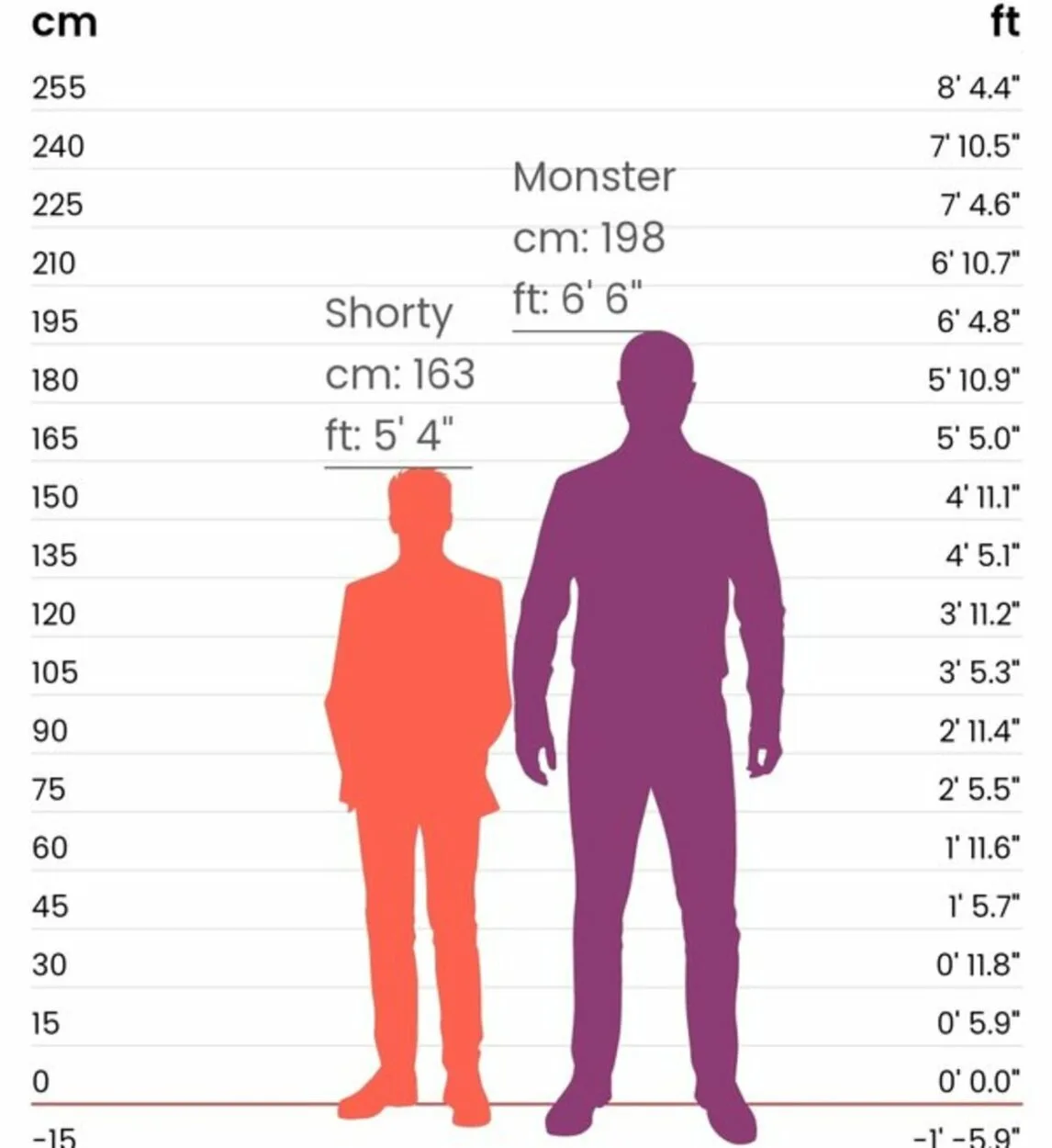Imagine you’re at a pizza party, and your friend offers you a slice. Would you rather have a slice representing 5/10 of the pizza or 5/6? While they seem similar, these fractions represent different portions of the whole pizza, leading to a fascinating exploration of how fractions work in our daily lives.

Image: littleeagles.edu.vn
This article delves into the world of fractions, particularly comparing 5/10 and 5/6. We’ll explore their basic definitions, the importance of understanding their relative sizes, and how these concepts apply to real-world situations. By the end, you’ll not only have a clearer grasp of these specific fractions but also a better understanding of how fractions govern our daily interactions.
Understanding Fractions: A Building Block of Mathematics
Fractions are an essential concept in mathematics, representing parts of a whole. They are expressed in the form of a/b, where ‘a’ is the numerator (representing the number of parts taken) and ‘b’ is the denominator (representing the total number of parts). Therefore, 5/10 and 5/6 are fractions where ‘a’ is 5 and ‘b’ is 10 and 6 respectively.
Comparing 5/10 and 5/6: Visualizing the Difference
To understand the difference between 5/10 and 5/6, it’s helpful to visualize them. Imagine a cake cut into ten equal slices. 5/10 represents five of these slices. Now, imagine the same cake cut into six equal slices. 5/6 represents five of these slices. In this case, you’d get a larger portion (5/6) because the slices are larger.
The Importance of Equal Slices
The key to understanding fractions lies in the concept of equal parts. A fraction represents a portion of a whole, and this whole must be divided into equal parts. The denominator specifies how many equal parts the whole is divided into. This concept is fundamental to accurately comparing fractions and understanding their true value.

Image: allthedifferences.com
Finding Common Ground: Simplifying Fractions
Often, fractions can be simplified to make comparisons easier. For example, 5/10 can be simplified to 1/2 by dividing both the numerator and denominator by 5. This means that 5/10 and 1/2 are equivalent fractions, representing the same proportion. Similarly, 5/6 cannot be simplified further as it is already in its simplest form.
Beyond the Bakery: Applying Fractions in Real Life
Fractions are not just useful for dividing cakes or pizzas. They play a crucial role in various aspects of our lives:
- Measurement: Inches, feet, and other units of measurement can be expressed as fractions, allowing for precise measurements in crafts, construction, and engineering.
- Time: A clock is essentially a circle divided into 12 hours. Every minute can be expressed as a fraction of an hour, e.g., 30 minutes is 1/2 of an hour.
- Finance: Fractions are used to calculate interest rates, discounts, and proportions in financial transactions.
- Science: Fractions are used in scientific experiments to express ratios and proportions, providing precise data for analysis.
- Cooking: Recipes often involve fractions, ensuring accurate measurements and consistent outcomes.
Exploring the Relationship Between 5/10 and 5/6
Understanding the relationship between 5/10 and 5/6 goes beyond just recognizing their different values. It’s about appreciating their individual characteristics and how they contribute to a broader mathematical understanding.
5/10: Stability and Simplicity
5/10, simplified to 1/2, represents a simple, easily understood proportion. Its stability makes it ideal for representing half of a whole, a concept that is easily grasped in everyday life.
5/6: Complexity and Precision
5/6 is a more complex fraction, representing a larger portion than 1/2. Its complexity allows for greater precision in measurements and calculations, making it valuable in applications where accurate proportions are crucial.
The Importance of Flexibility: Adapting to Different Contexts
The ability to understand and manipulate fractions is critical for navigating complex situations. Just as a carpenter uses different tools for different tasks, we need to embrace the flexibility of fractions and apply them appropriately to the context at hand.
5 10 Compared To 5 6
https://youtube.com/watch?v=5NvEk3RXZ6s
Conclusion: Embracing the World of Fractions
Whether you’re sharing a pizza with friends, reading a recipe, or analyzing data for a scientific experiment, fractions are an indispensable part of our lives. By understanding their meaning, applying them in context, and appreciating their inherent flexibility, we unlock a deeper understanding of the world around us. So, next time you encounter a fraction, take a moment to consider its unique characteristics and the valuable role it plays in our everyday experiences.



/GettyImages-173599369-58ad68f83df78c345b829dfc.jpg?w=740&resize=740,414&ssl=1)


